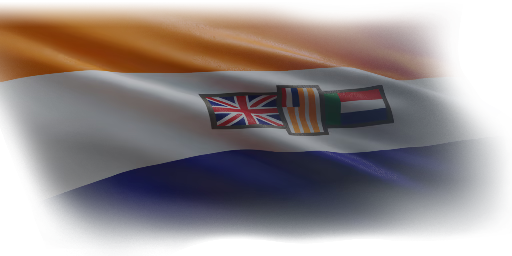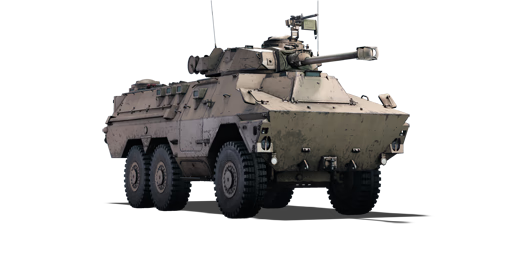




The Ratel 90 is a British light tank. It was introduced in Update "Ixwa Strike".
The Ratel 90 is an IFV designed to provide fire support for the Mechanized South African Battalions in combat. It was modified to this duty with the identical turret found on the Eland 90 Mk.7.
With a needed playstyle keen to recon and opportunistic target eliminations by flanking, the Ratel 90 is currently the fastest vehicle available for the British tree at the rank.
Unfortunately, the vehicle is fast not because of a good engine, but instead because of the cutback of any armour. Players accustomed to holding off some shells in similar ranked vehicles as the Tortoise will have troubles surviving in this IFV. So instead it shall be played similarly to the Charioteer, now with more cooperative abilities as the scouting.
| Ammunition | Type | Armor penetration (mm) at a distance: | |||||
|---|---|---|---|---|---|---|---|
| 10 m | 100 m | 500 m | 1000 m | 1500 m | 2000 m | ||
| HEATFS | 350 | 350 | 350 | 350 | 350 | 350 | |
| Smoke | 5 | 5 | 5 | 5 | 5 | 5 | |
| HE | 13 | 13 | 13 | 13 | 13 | 13 | |
| Belt | Belt filling | Armor penetration (mm) at a distance: | |||||
|---|---|---|---|---|---|---|---|
| 10 m | 100 m | 500 m | 1000 m | 1500 m | 2000 m | ||
| AP/T | 13 | 12 | 7 | 3 | 2 | 0 | |
| Belt | Belt filling | Armor penetration (mm) at a distance: | |||||
|---|---|---|---|---|---|---|---|
| 10 m | 100 m | 500 m | 1000 m | 1500 m | 2000 m | ||
| AP/T | 13 | 12 | 7 | 3 | 2 | 0 | |












Mobility | |
|---|---|
Protection |
|---|
Firepower | |
|---|---|